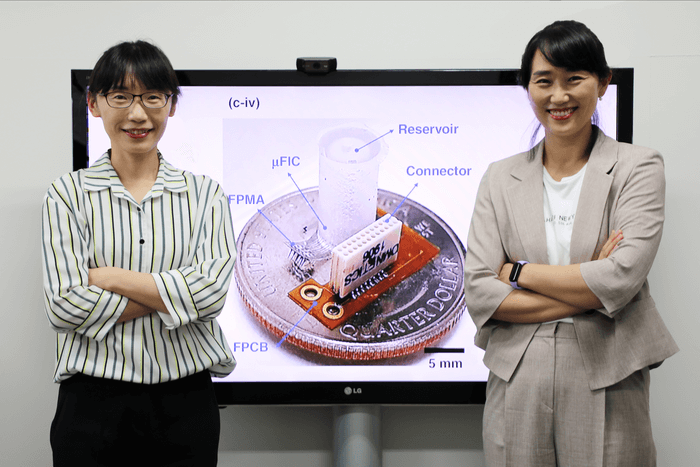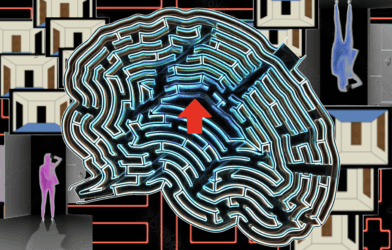Lab studies of the brain have allowed researchers to make incredible advancements in neuroscience. The predicament is that this research is location or task specific. Until recently, it has not been possible to study brain activity during regular day to day activities.
Neural activity is usually measured through electrodes, which attach to the scalp. The electrodes attached to the scalp can be easily monitored and adjusted in a controlled, sterile setting. However, these electrodes are not capable of the mobility needed for day-to-day observations.
The electrodes need to be tiny, but also durable enough to survive the harsh environment within our bodies. As these electrodes make contact with the brain, they cause the area to become inflamed. This inflammation prevents scientists from measuring and collecting data.
A team of Korean scientists have created a multifunctional brain interface to combat the issue. This device is small and delicate enough for the electrode to measure neural activity, yet durable enough to administer an anti-inflammatory drug to the electrode site. Their design has a flexible 3D structure in which an array of microneedles is used to gather multiple neural signals over an area, and thin metallic conductive lines carry these signals to an external circuit. The scientists were able to layer the microfluidic channels along a parallel plane with the conductive lines. This allows the drugs to be dispensed in a steady flow as the microneedles collect data.
The team’s results were validated through brain interface experiments conducted on live rats. The experiments were then followed by analyzing the drug concentration in the tissue surrounding the needles. This revolutionary interface will be “more compatible with biological tissues and decrease adverse effects, all of which contribute to increasing the lifespan of the neural interface.”, says Prof. Sohee Kim, from Daegu Gyeongbuk of the Institute of Science and Technology (DGIST), in a statement.
This development will have the potential to improve neural research across disciplines. “Our device may be suitable for brain–machine interfaces, which enable paralyzed people to move robotic arms or legs using their thoughts, and for treating neurological diseases using electrical and/or chemical stimulation over years,” explains Dr. Yoo Na Kang of the Korea Institute of Machinery & Materials (KIMM), first author of the study.
Being able to gather signals directly from inside the brain itself during daily life activities could take neuroscience and neuromedicine to completely new levels. Thanks to this team of researchers, we could be one step closer.
This study was published in the journal Microsystems & Nanoengineering.
Article written by Rhonda Errabelli












